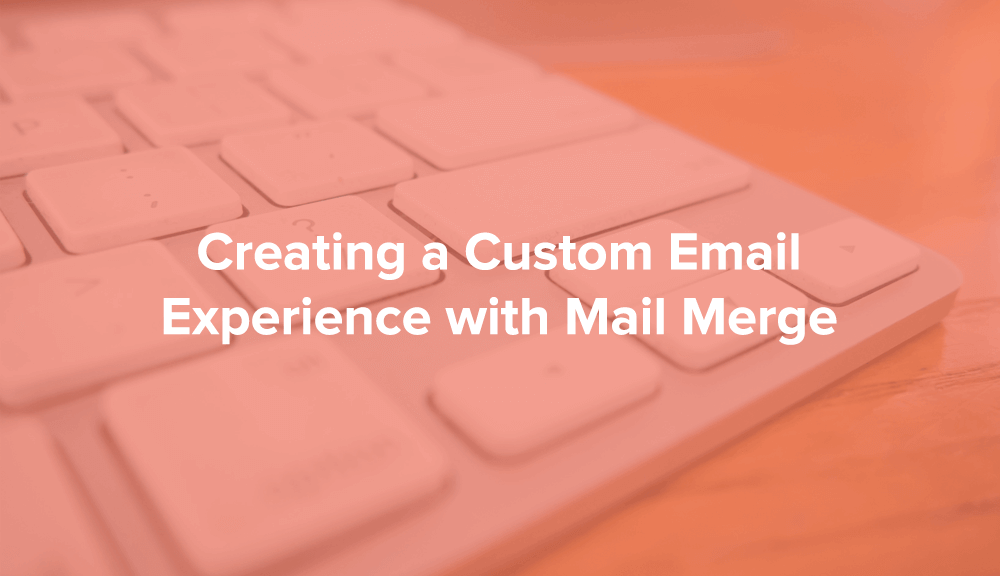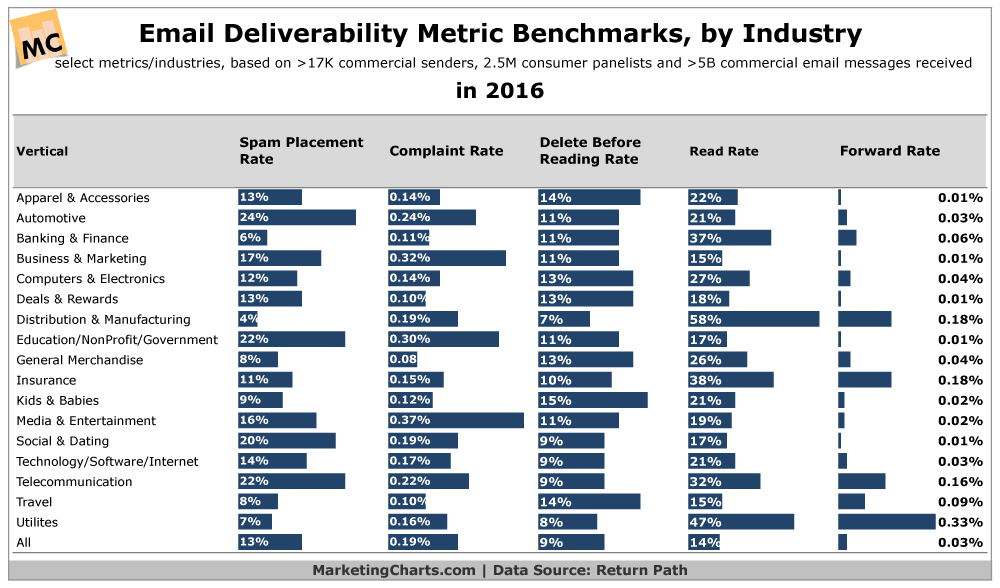You are viewing our site as a Broker, Switch Your View:
Agent | Broker Reset Filters to Default Back to ListCreating a Custom Email Experience with Mail Merge
April 26 2017

Do you send emails en masse to your network of contacts? It's okay, you can tell us—we've all been there! And under the right circumstances, a mass email can often be effective in reaching your network and sharing news or updates as you maintain some of those crucial relationships. If you use a program like MailChimp, Constant Contact, or even Contactually's own ScaleMail, chances are you've utilized mail merge—even if you didn't realize it.

Basically, mail merge should be (if it isn't already) your best friend in your email outreach as you look to personalize your emails on a large scale and keep your messages relevant to each individual you're sending them to. While it might require a little work on the front end by getting your contacts organized with different tags and creating a system that's consistent across your whole contact database, it'll pay off big time when you start sending better emails, no matter what software or email system you're using.
Here's how to integrate mail merge into your strategy today:
What is mail merge?
We're glad you asked! Mail merge was originally created as a way of utilizing spreadsheets to import information into your email or even snail mail processes. It gave you a chance to import personalized information, like names and addresses, for large scale mailings. As technology has improved and changed, the idea of mail merge has also changed, but the gist is the same.
Think about it as a tagging system for everyone in your contact database. Do you keep notes on your contacts or people in your network? This is where you put them to use! Spouse's and children's names, birthdays, and where folks work are all appropriate ways to tag your contacts for a start with mail merge.
It's the simplest way to send emails at large scale while maintaining some semblance of personalization. Have you ever sent out an email newsletter and been prompted to 'personalize' the subject line or greeting with the contact's first name? Then you're already well on your way to becoming a mail merge expert. Simply insert your merge or tag 'place holder' into your email and if your contacts are tagged properly and consistently with the naming convention of the tag, their email will be personalized with their information where each 'place holder' was.
Now, for those programs like MailChimp that you may use for sending out your emails or email newsletters, you'll have the option to use merge tags pretty seamlessly. And it's often encouraged when you're sending out a large batch of emails to at least personalize your subject lines or greetings, as we mentioned before. For those of you who may be operating through Gmail or keeping their contacts organized in spreadsheets, you can integrate mail merge tags into your process still with a little legwork (check out the video from Google here).
Why should you mail merge?
In 2016, 13 percent of all emails sent were deleted by the receiver before they were even read. That means that not only do you have big competition when it comes to how many other people are sending emails and filling up inboxes all over, but you're also competing with your contacts themselves and those who subscribe to the tenets of Inbox Zero, or those who might be clearing out their inbox of any emails that may even look a bit like spam.

Mail merge very easily gives you a chance to stand out from those very crowded inboxes and make your contacts feel like they're receiving a personalized email with thoughtful and relevant details from you. This isn't to say we think you don't care about including personal details; it's more about being strategic with your time as you send emails out to larger groups of people. Mail merge means some work upfront in creating the tags you'll consistently use, but after that, it's a major time saver for all those emails you're sending out on a regular basis.
At the end of the day, utilizing tags or mail merge is the perfect way to maintain your personalization in an increasingly anonymous world. If you're a real estate agent or a small business owner, don't you want to make sure you have a personal relationship with your clients and network? You're getting to know them in person—why not treat them with the same familiarity when you communicate with them online, too?
Start merging...
Whether you're using mail merge to personalize some of your larger scale emails or newsletters, or using it as an easy way to remember your contacts' spouse's names, it's meant to create a better email experience for everyone involved. No, it's not an easy way out of getting to know your contacts on a personal basis, but it certainly makes the process a heck of a lot easier!
Got something better?
Share your favorite mail merging tips or fields in the comments below!
To view the original article, visit the Contactually blog.









